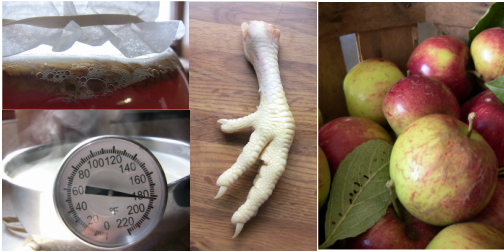Basket Liners
I made two basket liners in anticipation for our garden harvest. I used to think basket liners were tacky and outdated, but if you're actually using the basket, it makes cleanup so much easier. Instead of having random seeds and bits of dirt stuck in between the cracks, you just remove the liner, dump it out and throw the whole thing (the liner, that is... not the basket) in the washer.
It was more of a pain than I thought it would be to make the liners. I had to draft a pattern, finish the edges for durability, etc. Since the liners were custom made to fit the baskets, I probably won't be able to use them with other baskets (but I'll try). Before I invest more time into making basket liners, I'll make sure the baskets are sturdy and will last for years. Many of the baskets I have now are already on their last leg. So that's something to keep in mind if you, too, are thinking about making a liner for your harvest basket.
Honey Harvest
I'm not the best beekeeper. Actually, I'm a pretty rotten beekeeper, but it turns out that even rotten beekeepers have their rewards.
I cracked open the old hive on Saturday and this is what I found:
Even though beekeeping won't work for me this year, I plan on trying it again during a less busy season. I'll be keeping the equipment and hopefully reusing everything. Another bright point is that I found a free way to harvest the honey, without the use of an extractor. I used this tutorial. Hubs made the wood piece with some scrap lumber, and I made the bag out of cheesecloth that I already had.
Even though the value of my little harvest doesn't nearly cover the cost of equipment, it really encouraged me to keep on trying. Beekeeping is something I've wanted to do for years, and I was so happy to have the opportunity to try it out in 2018. Now that I know the ropes (or at least, a lot of what NOT to do), I hope next time will be more successful.
I think that's all for now!
-Bethany
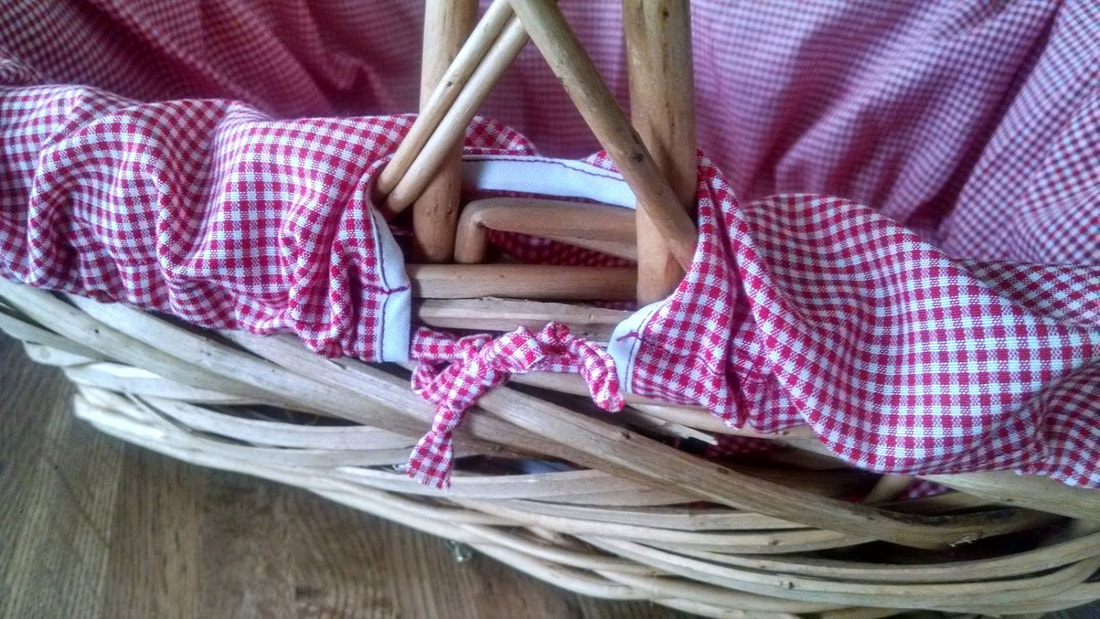
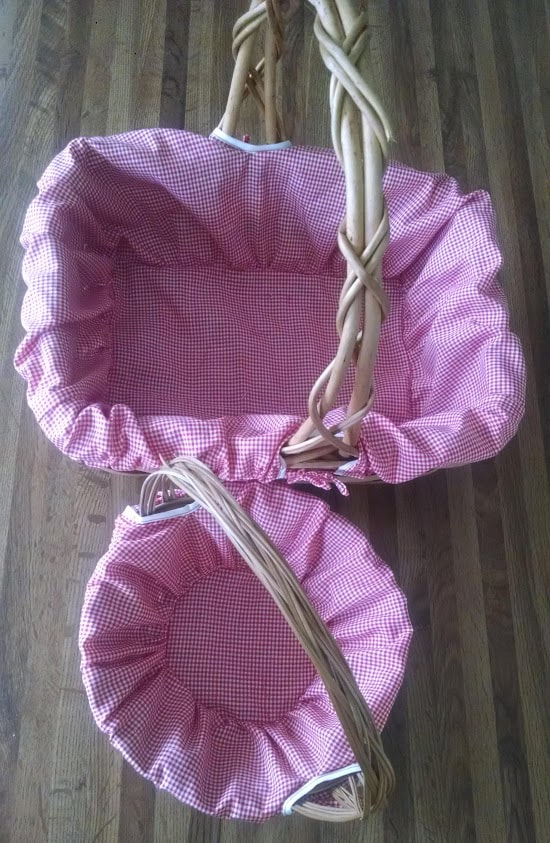
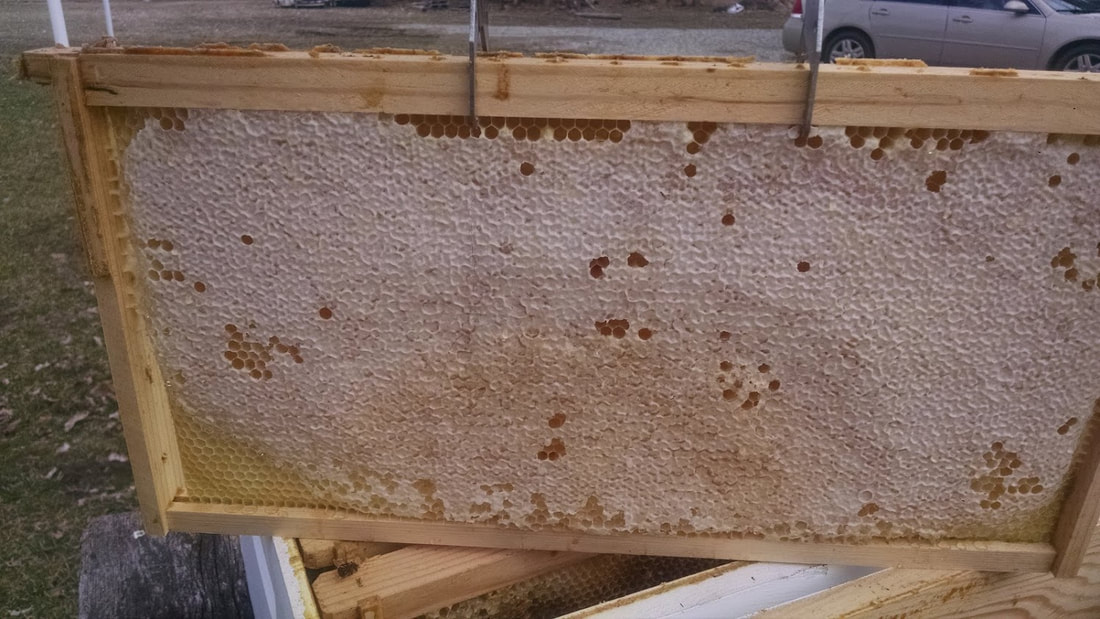
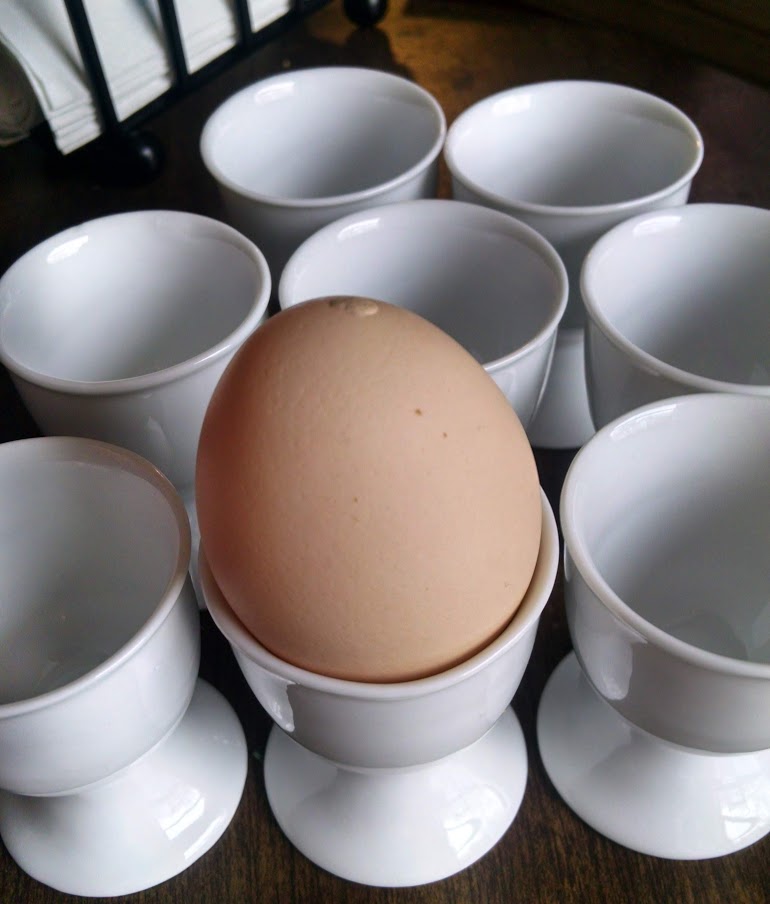
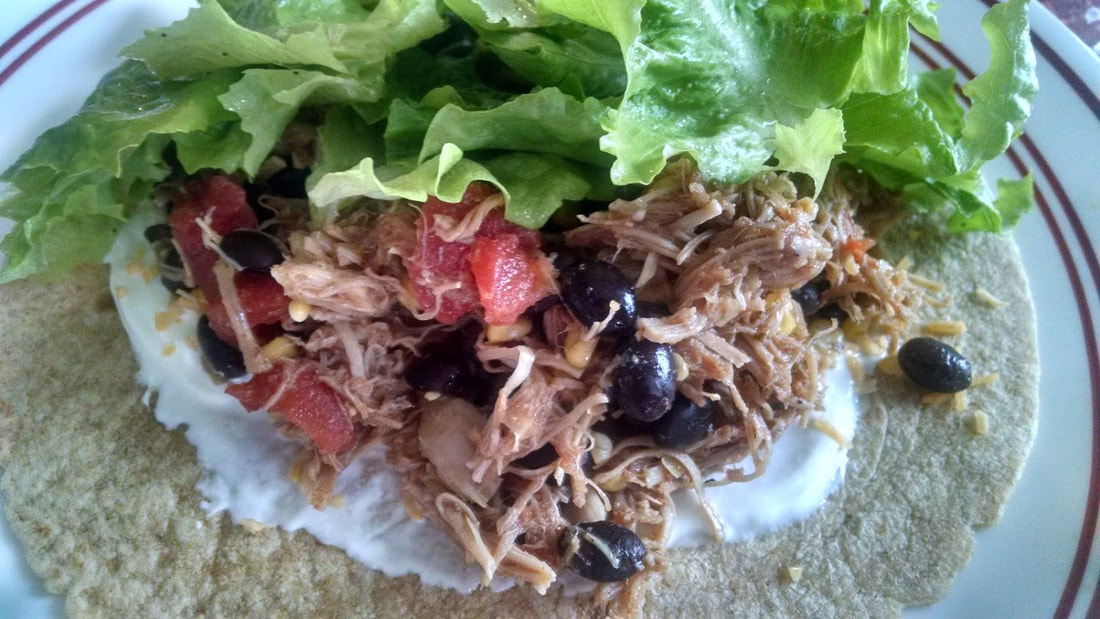
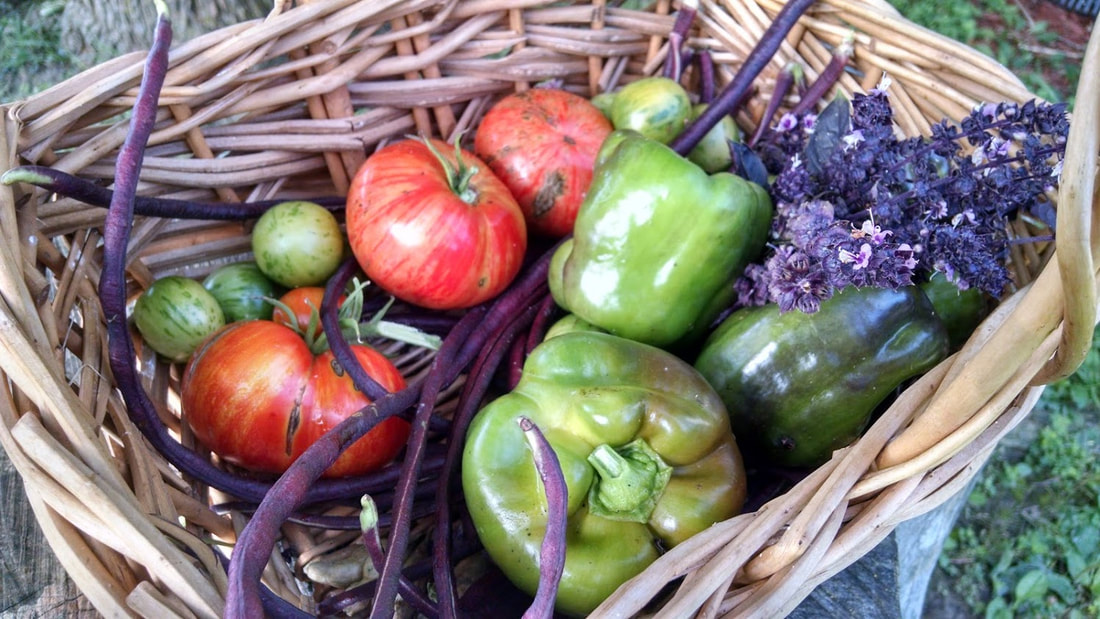
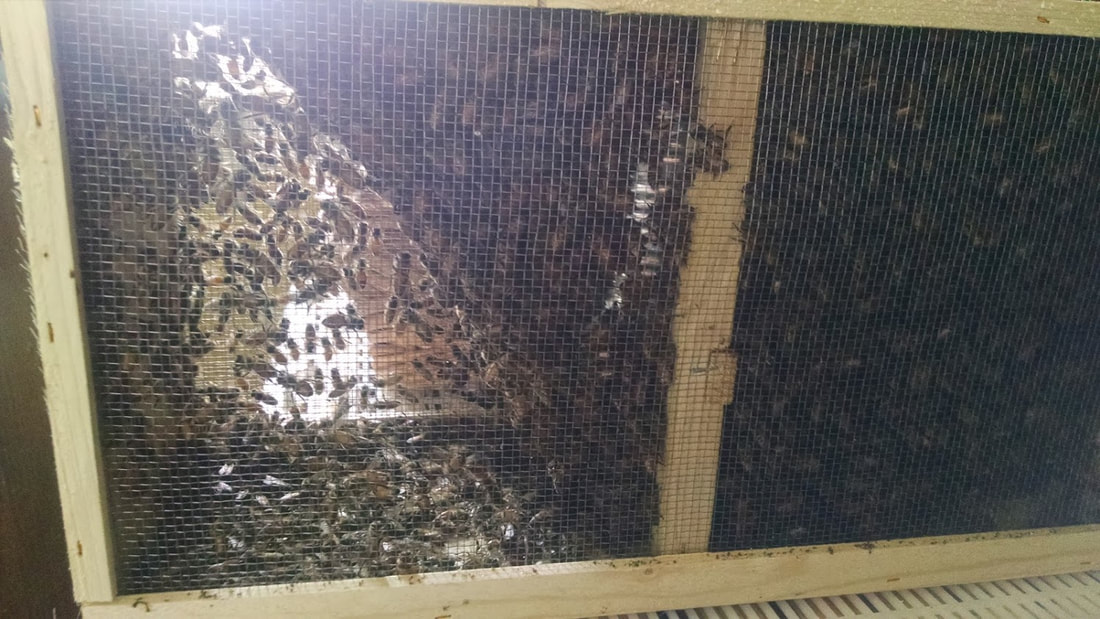
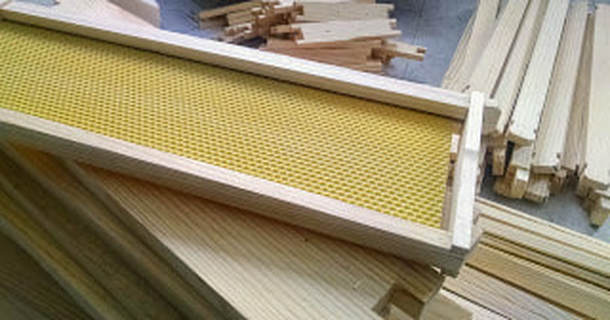
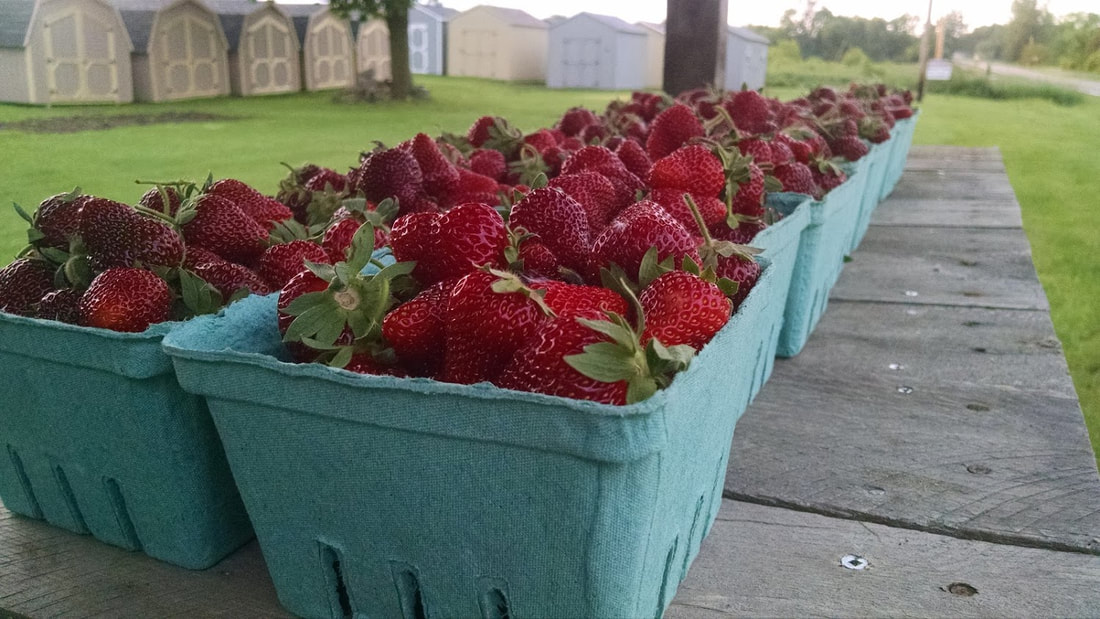
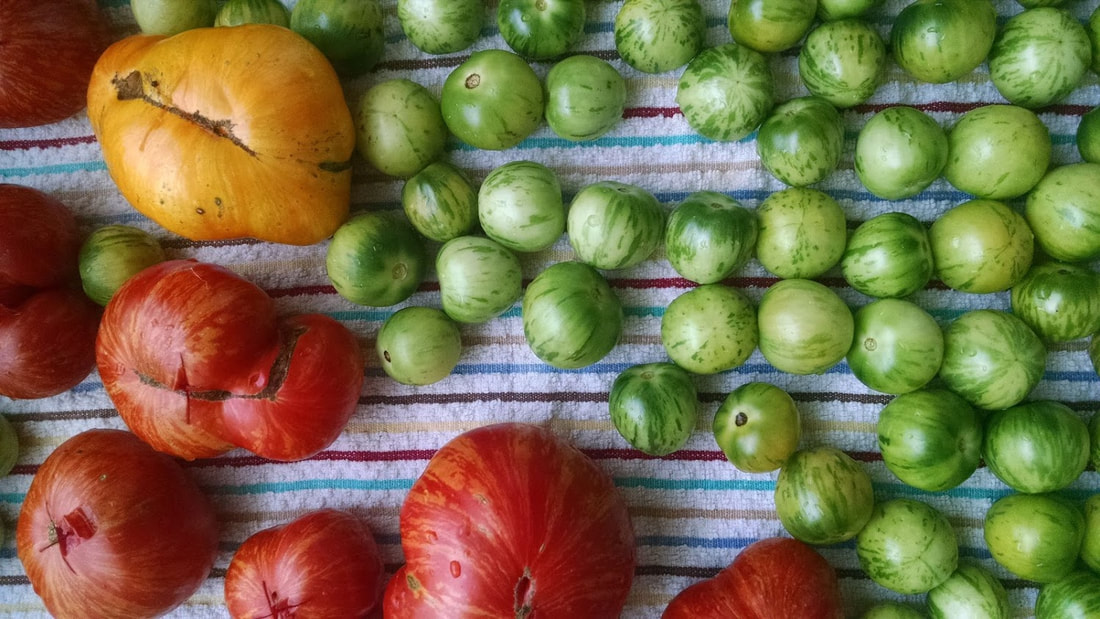
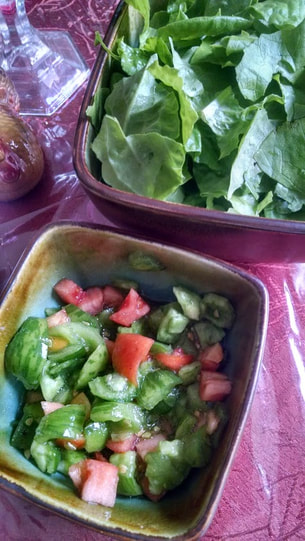
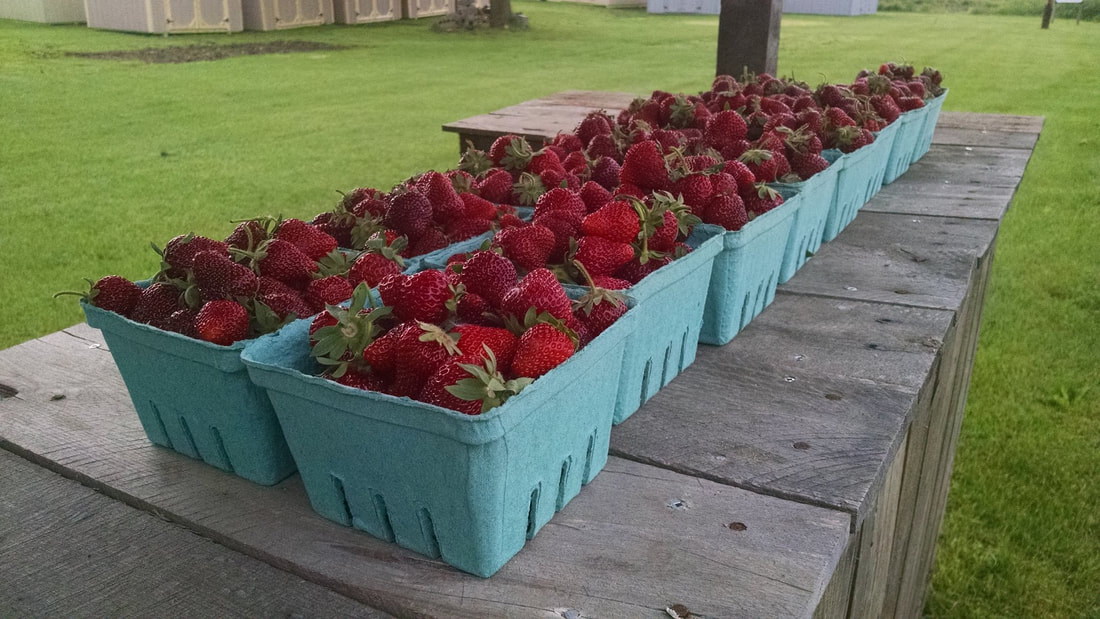
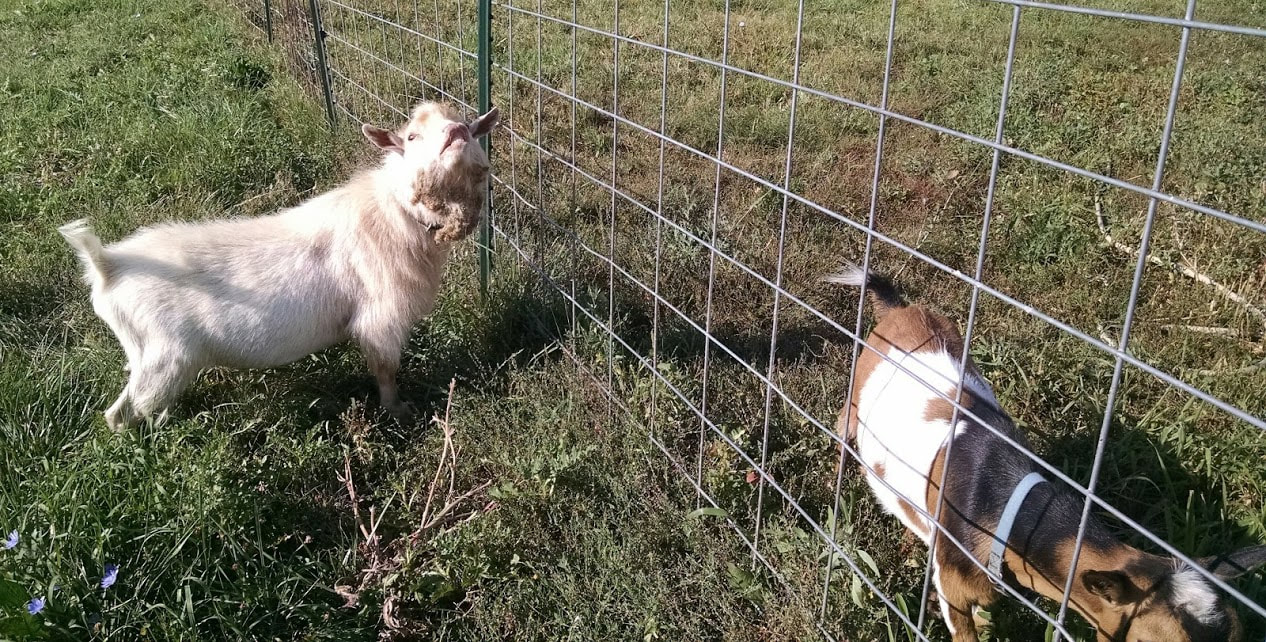
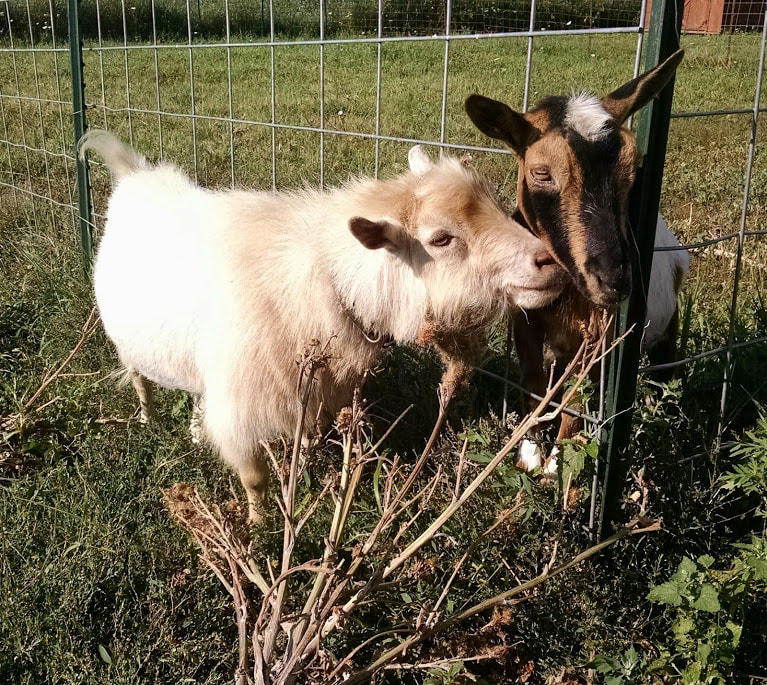
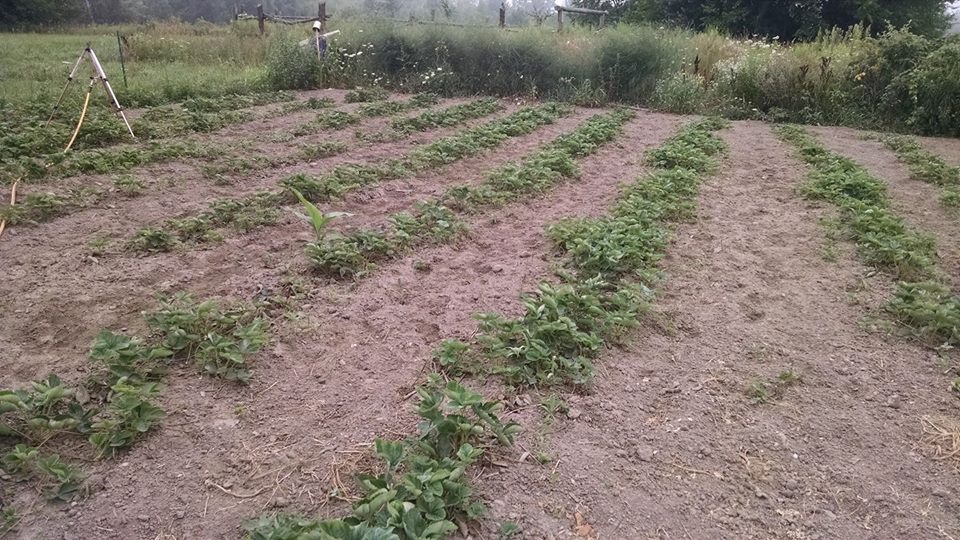

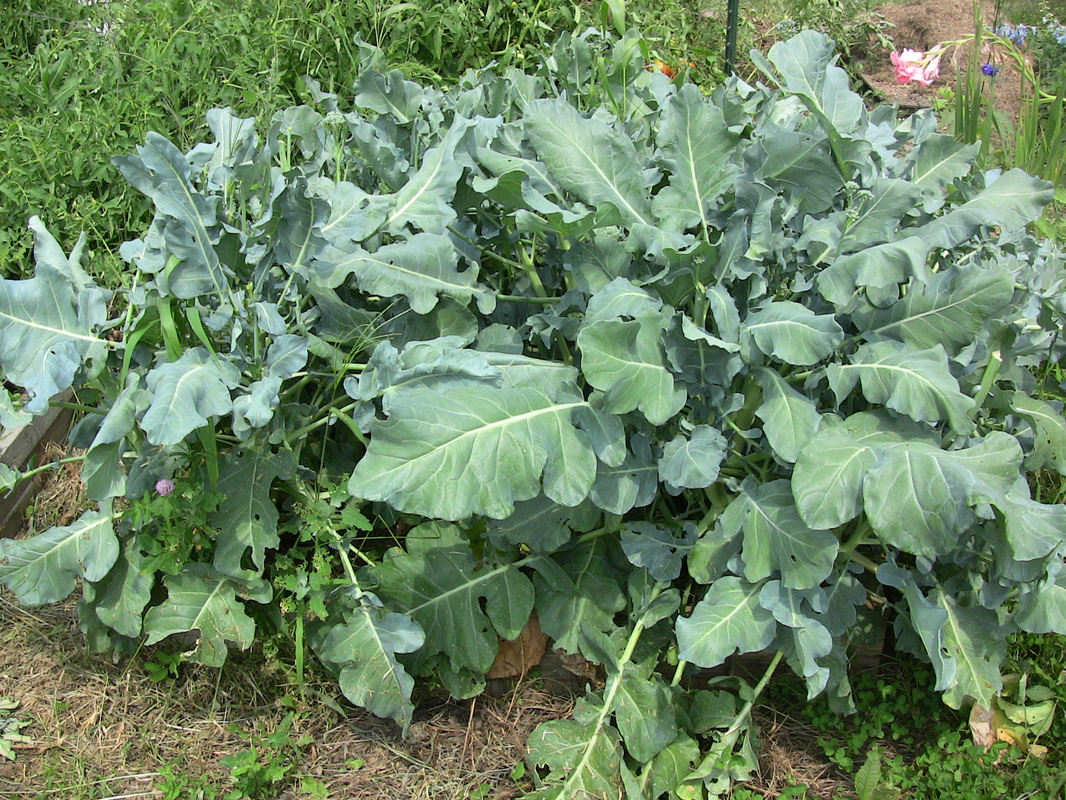
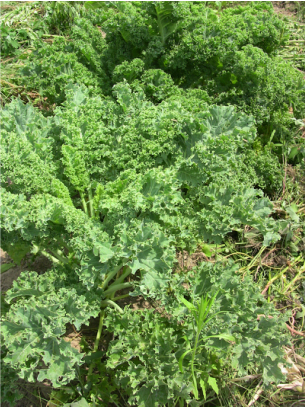
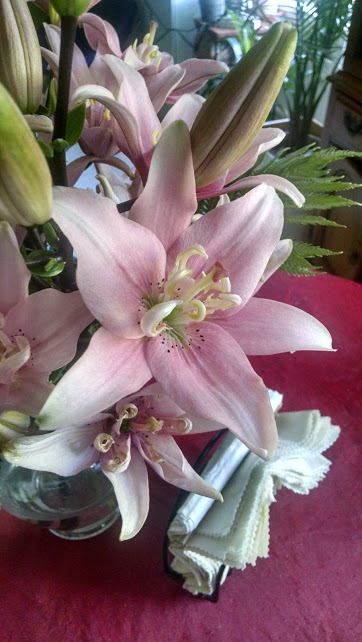

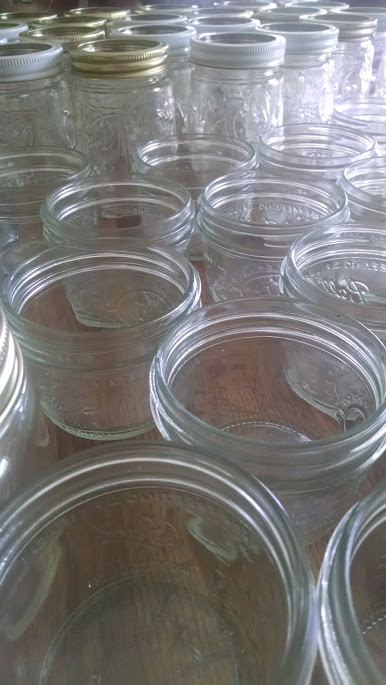
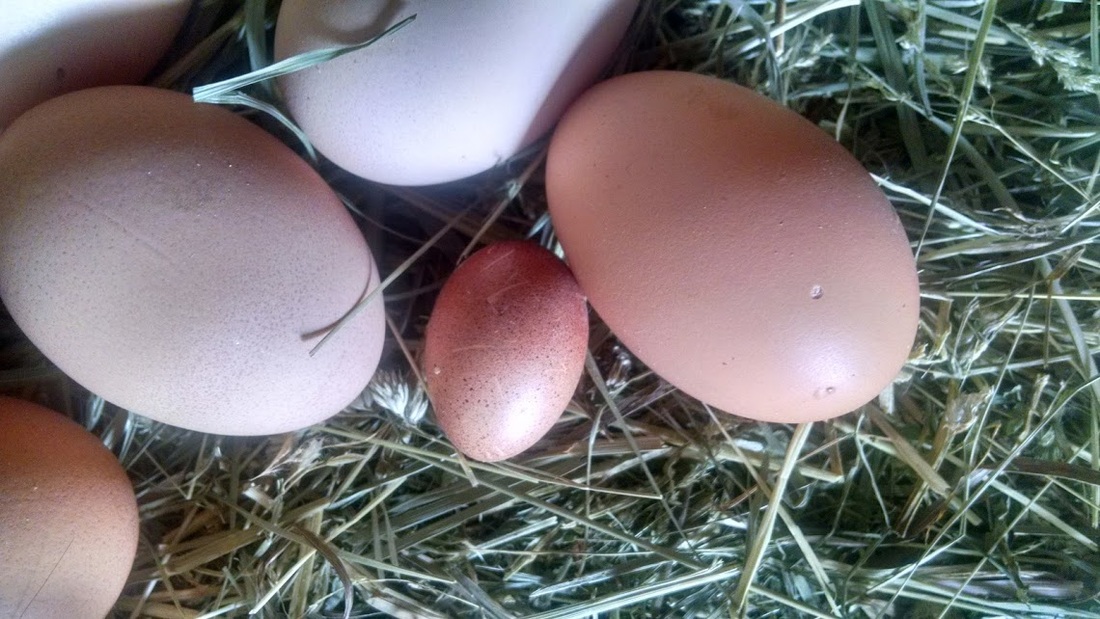
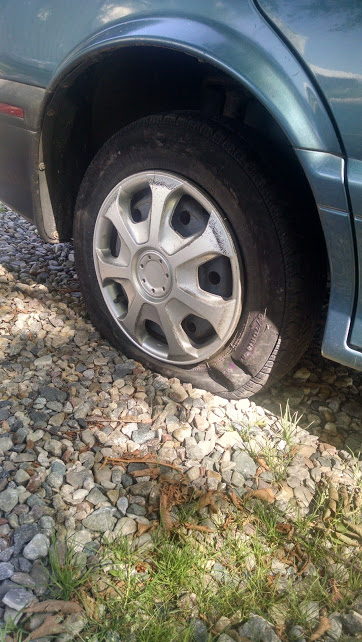

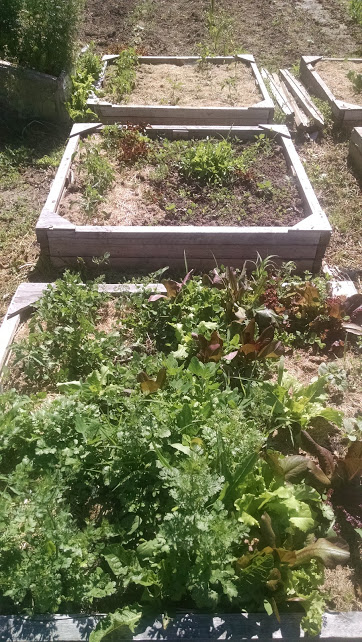
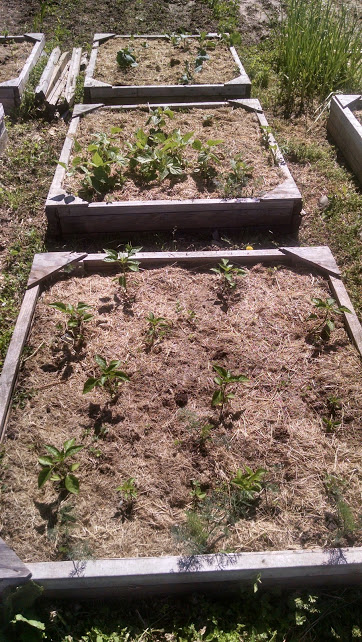
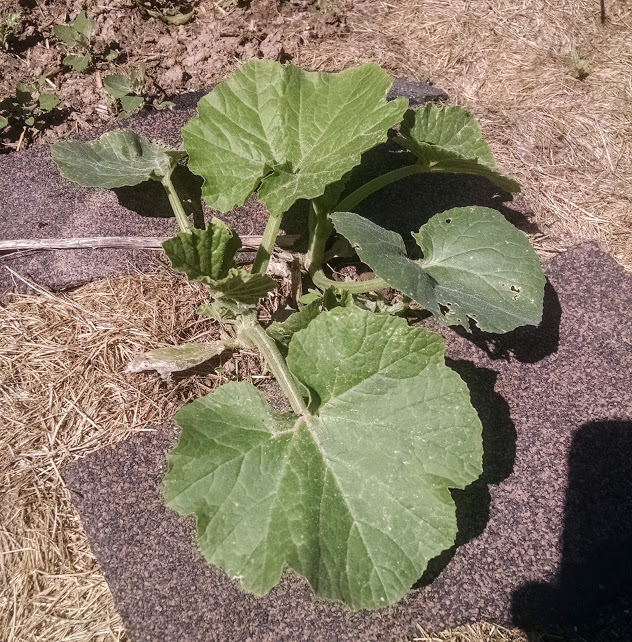
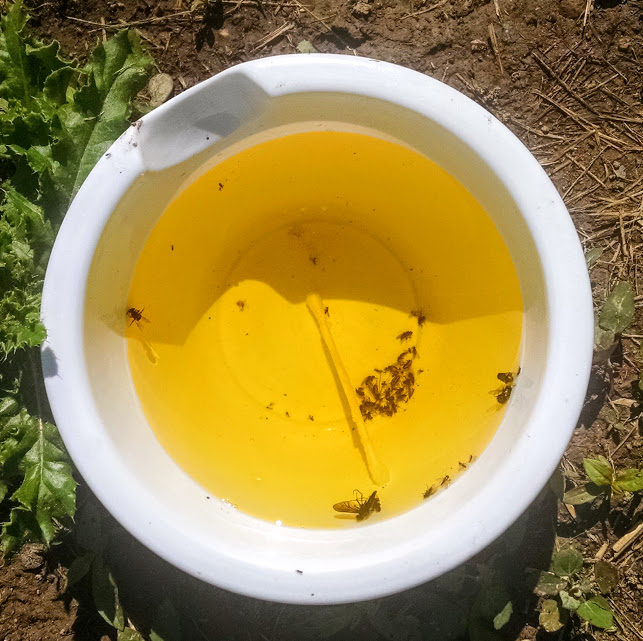
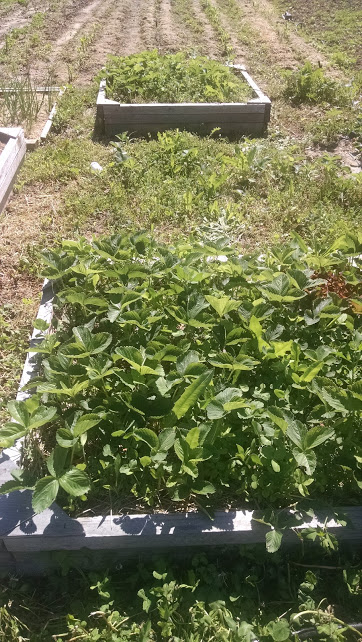
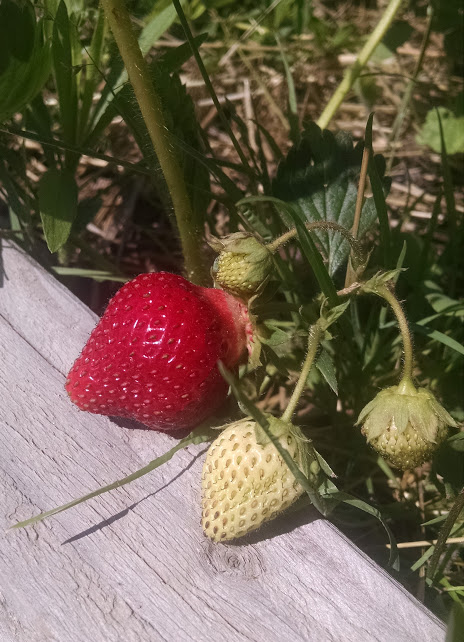
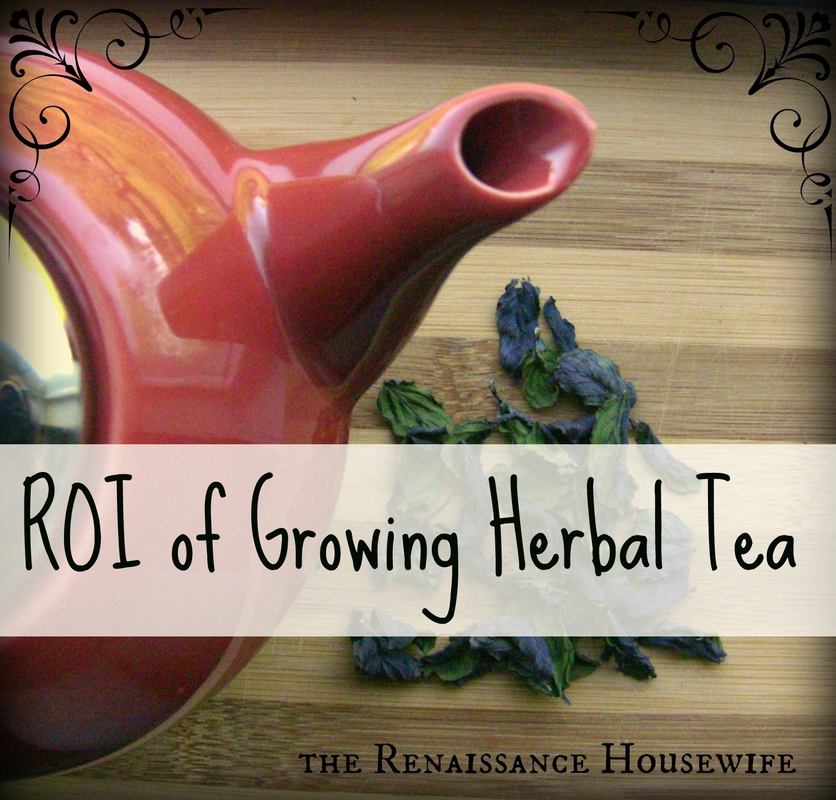

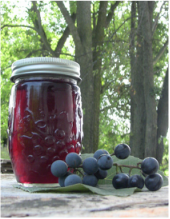


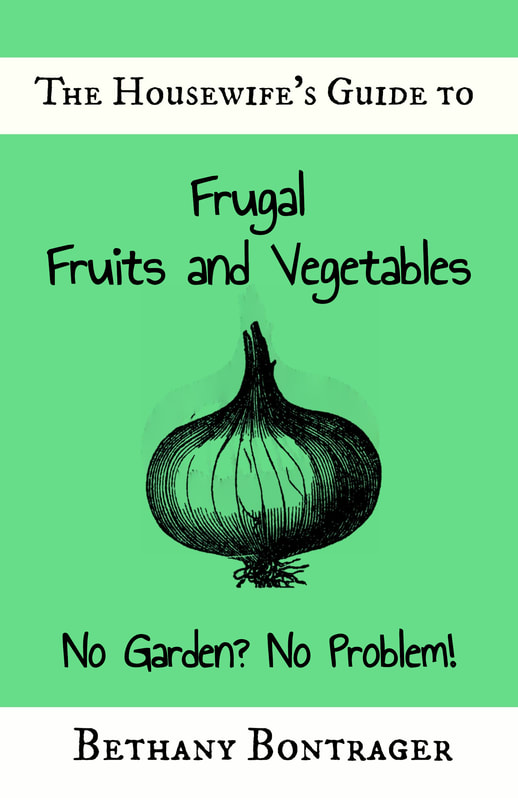

 RSS Feed
RSS Feed

